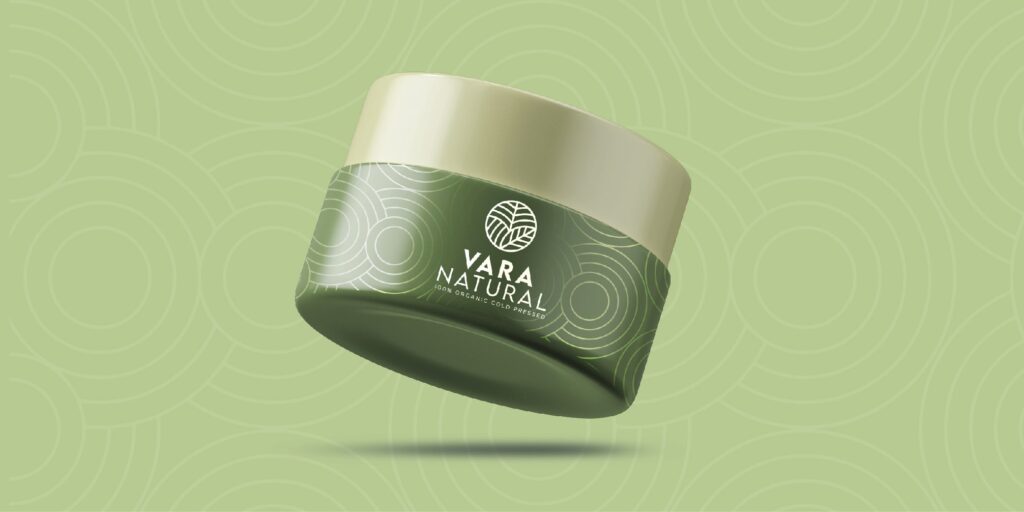

Negative space, also known as white space, is the area surrounding and between the main elements in a design. While often overlooked, negative space plays a crucial role in creating visually appealing and effective designs. In this blog post, we will delve into the concept of negative space and explore its various applications in design.
Enhancing Visual Clarity: Negative space helps to improve visual clarity by providing breathing room and separating different design elements. By strategically incorporating empty spaces, designers can create a sense of balance and organization within their compositions. This clarity allows viewers to easily perceive and understand the message or focal point of the design.
Creating Emphasis and Focus: Negative space can be used to direct the viewer’s attention to specific elements within a design. By surrounding a key element with ample negative space, designers can effectively highlight and emphasize its importance. This technique helps to guide the viewer’s gaze and ensures that the intended message or call-to-action stands out prominently.
Adding Depth and Dimension: Negative space can contribute to the overall depth and dimensionality of a design. By skilfully manipulating empty spaces, designers can create an illusion of layers and three-dimensionality. This technique adds visual interest and complexity to the design, making it more engaging and visually dynamic.
Encouraging Creativity and Interpretation: Negative space stimulates creativity and encourages viewers to actively engage with the design. It leaves room for interpretation and invites the viewer to fill in the gaps, sparking curiosity and intrigue. This open-endedness can be particularly effective in logo design, where negative space can be cleverly used to communicate hidden meanings or symbolism.
Reinforcing Brand Identity: Negative space can be leveraged to reinforce a brand’s identity and make designs instantly recognizable. By incorporating negative space in logos and brand marks, designers can create memorable and iconic visuals. Well-known examples include the FedEx logo, where the negative space between the “E” and “x” forms an arrow, symbolizing speed and forward motion.
Creating Harmonious Compositions: Negative space is essential in achieving visual harmony within a design. By carefully considering the placement and distribution of positive and negative elements, designers can create a balanced and aesthetically pleasing composition. Negative space allows the design to breathe and prevents overcrowding, resulting in a more harmonious and visually satisfying outcome.
Enhancing Readability and Legibility: Negative space plays a vital role in improving the readability and legibility of textual elements. Ample spacing between letters, words, and paragraphs enhances legibility, especially in small or dense typography. Proper use of negative space ensures that the text is easily readable and doesn’t strain the viewer’s eyes.
Creating Memorable and Clever Designs: When negative space is utilized creatively, it can lead to memorable and clever designs. By leveraging empty spaces, designers can create visual puzzles, hidden images, or double meanings. These designs not only capture attention but also leave a lasting impression on the viewer, fostering brand recognition and engagement.
Evoking Simplicity and Elegance: Negative space can evoke a sense of simplicity, minimalism, and elegance in design. By stripping away unnecessary elements and focusing on essential elements, designers can create clean and sophisticated compositions. This simplicity allows the design to communicate its message clearly and effectively.
Conclusion: The skilful use of negative space in design can transform a composition from ordinary to extraordinary. By considering the balance, emphasis, depth, and brand identity, designers can harness the power of negative space to create visually captivating and effective designs. Embracing negative space not only enhances the aesthetics of a design but also improves its functionality, clarity, and overall impact.






I’m a Graphic Designer with a passion for creating unique and visually stunning designs. I have a keen eye for detail and a deep understanding of colour, typography, and composition. With years of experience in the industry, I have worked with a variety of clients across different sectors, including fashion, tech, and hospitality.

I’m a graphic designer with a passion for creating unique and visually stunning designs.
info@mintgrafix.com
(+44) 07355 662 129
mintgrafix © 2023 (All rights reserved)